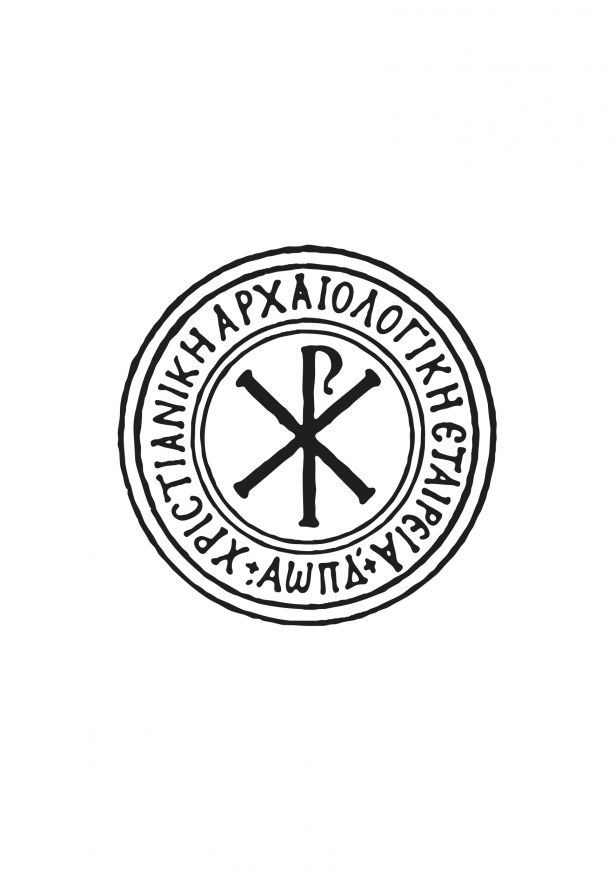Μη διαθέσιμη περίληψη
(EL)
Codex 61 of the collection of Greek manuscripts bequeathed by the Archbishop of Canterbury William Wake (1657-1737) to Christ Church College in Oxford, has been dated to the 13th century by G.W. Kitchin, the author of the Catalogue of manuscripts in this College, published a century ago. It has not hitherto been noticed, that on the last folio there is a colophon mentioning the name of the scribe, who is the well-known monk and later abbot of the Constantinopolitan monastery ton Hodegôn Joasaph, and the date of completion of his work — Saturday, 21st January 6899, corresponding to A.D. 1391 (PI. 103). The manuscript in question is a «continuous» Psalter, i.e. a Psalter divided into 20 kathismata, each of which is followed by canticles and prayers, also grouped in 20 kathismata. The nine Odes are appended to the Psalter. A description of the manuscript is given, complementing and correcting that of Kitchin. There were originally 30 gatherings, numbered on the first and last folio. They are all quaternions, except for the 14th (ff. 99-103), which is a ternion. The 28th gathering, which is missing, may have been a binion, or, otherwise, included more prayers and, perhaps, miniatures illustrating the 151st Psalm and the First Ode. There are several folios missing, while six more have been replaced with paper ones. The manuscript was rebound in the late 17th or early 18th century. Its original dimensions would have been 28 χ 20.5 cm. approximately. It was still in the Levant in 1696, and belonged at that time to a church or monastery of the Transfiguration. The manuscript is decorated with three full-page miniatures. David seated and writing the beginning of the psalms is painted on the frontispiece (pi. 100). On folios 102v - 103r, between the 10th kathisma of canticles and prayers and the 77th Psalm, the Virgin is shown presenting to the enthroned Christ a monk, who was apparently the owner of the manuscript (pi. 102 - 103). An inscription on the lower part of the frame gives us his family name—Kaloeidas; his Christian name was cut off during the rebinding. The Virgin, bearing the epithet «Quick Assistance», is pulling Kaloeidas out of a sarcophagus in the same way as Jesus drags Adam out of the grave in the Descent into Hell. The enthroned Pantocrator is characterized by an inscription as «Merciful». The miniature is a «Votivbild», according to Belting's classification of owner and donor portraits in Byzantine illuminated manuscripts. Its iconography is unique among «presentation» scenes. There is no indication that our Psalter was commissioned for a church or monastery. It was apparently ordered by Kaloeidas for his own use : Continuous Psalters were used in Byzantium as private prayer books, and there are examples of other «liturgical» books, such as lectionaries, of the same format as that of the Christ Church Psalter, which were commissioned by laymen for their own use. Belting cites in his book on the Illuminated Book in Late Byzantine Society only two cases of monks, who are depicted on the manuscripts they owned (Sinai 198 and 61); to these should be added the miniatures on folios 102v-103r of the Oxford Psalter, as well as the representation of the monk Barnabas, scribe, illuminator and owner of the unpublished Psalter in the Benaki Museum in Athens (showcase 34.3), prostrated in front of the Virgin. Our manuscript, which belongs to the category of «artistocratic» psalters, may have originally contained two more miniatures in the missing 28th gathering, at the beginning of the supernumerary Psalm and the First Ode. Moreover, folio 103v was perhaps left blank in order to receive a miniature of Moses accepting the Tables of the Law on the mountain and handing them over to the Israelites, or of Moses or Christ instructing the people. The position of the «presentation» scene in the middle of the Psalter is rather exceptional. The miniatures of the Christ Church Psalter, dated to 1391 and executed in the capital, confirm the validity of the objections already raised against Lazarev's assertion, that the «iconic» and «graphic» style of the frescoes of Manuel Eugenicos at Calend&cha in Georgia is typical of Constantinopolitan painting at the end of the 14th century. The wide differences in the style of the miniatures adorning manuscripts written by Joasaph (listed on p. 194 and note 78), as well as 15th century codices of the Hodegôn scriptorium (Athens, Nat. Lib. 2603, Par. gr. 12 and Iviron 548), confirm Belting's and Buchthal's view, that artists were brought in the monastery from outside, and that there was no illuminator's workshop attached to its scriptorium. On the other hand, there was close collaboration between owner, scribe and illuminator.
(EN)

